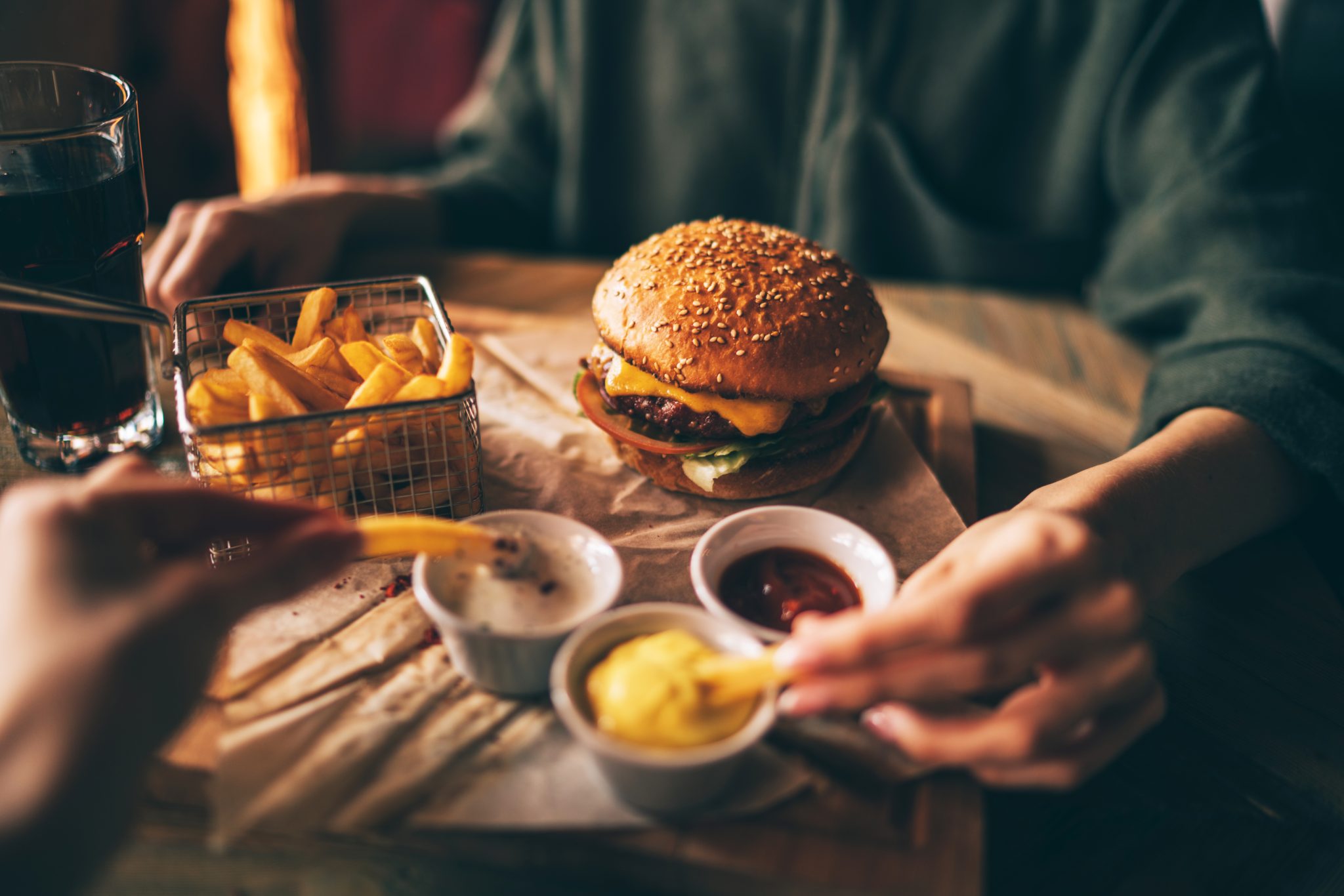Food Safety

Food service establishments fall into one of four categories based on the ingredients and processes they employ. Owners must understand how their establishment is classified because that classification affects facility and training requirements and inspection frequency.
Category 1
You may be Category 1 if Temperature Control for Safety (TCS) foods are received commercially prepackaged and sold in the original packaging. Examples: Commercially packaged ice cream or deli meat.
Category 2
You may be Category 2 if no raw animal products are used, hot foods are not cooled, and customer contact utensils are single use. Examples: Shaved ice, popcorn, hard cheese, dip ice cream, and lunch meats received fully cooked from a permitted facility.
Category 3*
You may be Category 3 if raw animal products are used, food is cooled and reheated, or customer contact utensils are reused. Examples: Restaurants that use raw meat or eggs and bars that reuse cups.
Category 4*
You may be Category 4 if the operation falls under category 2 or 3 and performs operations that require a variance or HACPP plan. Examples: Establishments that produce raw sprouts or cure meats to prolong shelf life.
Customer contact utensils = Items, such as plates, bowls, silverware, etc., used by the consumer.
TCS = Food that requires time and/or temperature control for safety.
Raw animal products = Things such as uncooked meat, fish, poultry, seafood, eggs.
*Category 3 and 4 establishments are required to have someone who meets the requirements for Food Safety Manager Certification on-site at all times.
 Dani Reams, Regional Extension Agent, Food Safety and Quality, Auburn University
Dani Reams, Regional Extension Agent, Food Safety and Quality, Auburn University
New April 2023, What’s the Category? Introductory Guide for Food Service Establishments, ANR-2994

